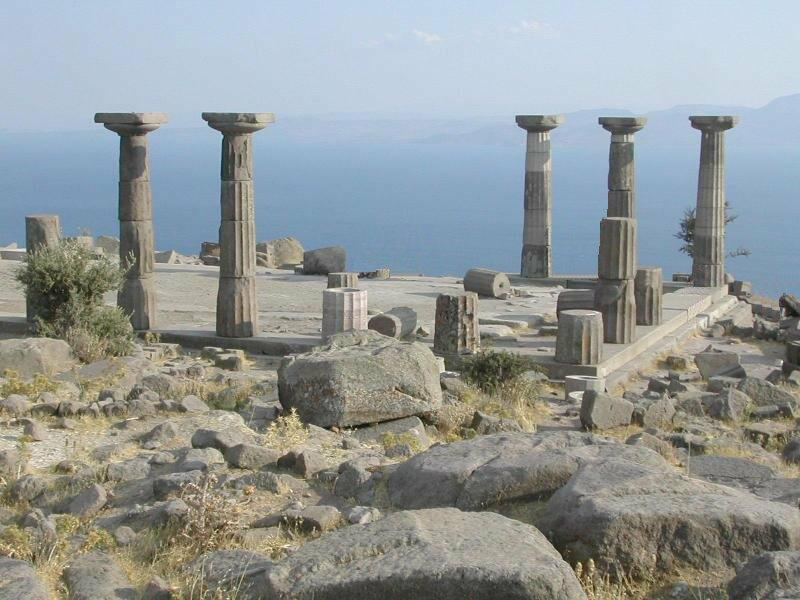
3D rocking columns – lab experiments
Topic description:
Our historical masonry structures are very sensitive to earthquake impact. Around the world, thousands of churches and public buildings have been built over the centuries with columns or arches carrying vaults. Many of these buildings were damaged even by moderate earthquakes. During an earthquake, the cracks in these structures and the gaps between the composing elements open and close, which plays a major role in the motion of the structure than the elastic deformation of the structure. This behavior is called rocking motion. The examination of rocking structures has already led to a number of innovative structural applications, which are characterized by earthquake-insulation solutions: rocking frames, rocking stiffening walls, bridge pillars capable of rocking. The advantage of using these elements is that it reduces the earthquake load on the building while providing a self-centering braceing sístem, i.e. the structure returns to a vertical position after the earthquake.
In the course of the research, we examine experimentally how each column with different cross sections (squares, rectangles, polygons) can be approached by plane movement, and how much error the approximation of the inplane movement results in in the overturning of the column.
For whom it is recommended:
Second year and up
Laboratory experiments: use of measuring devices (X-IMU, HD camera), performing experimental series, evaluating data